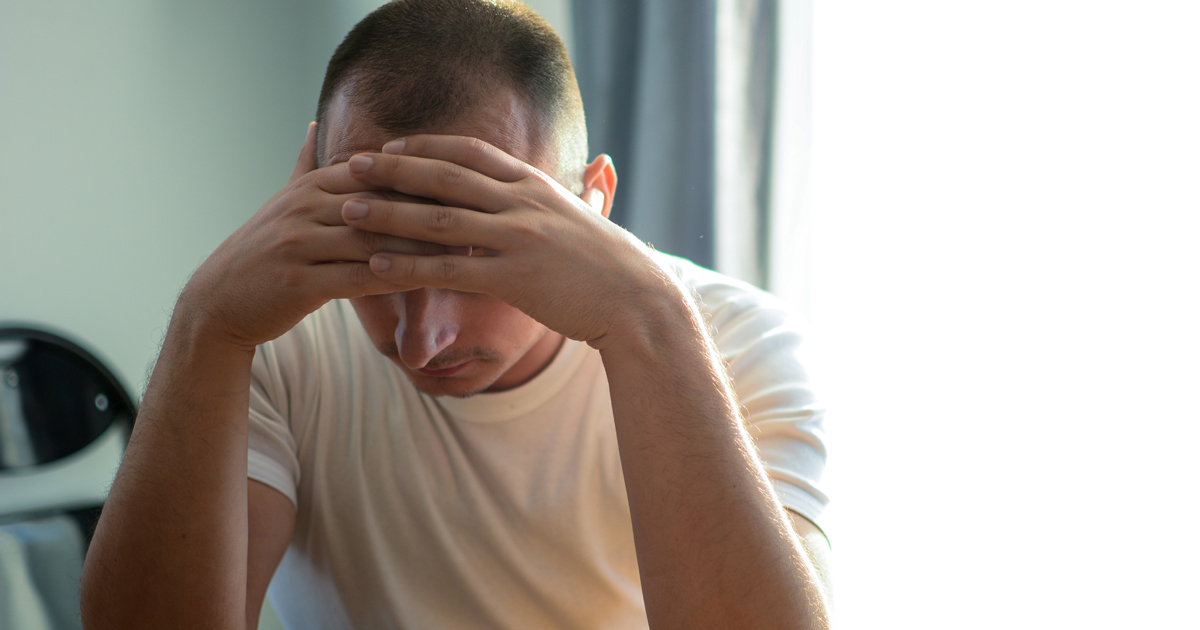Opioid overdose: Common symptoms and what to do

Opioid overdose can lead to death without prompt medical attention. Over 70% of overdose deaths involve opioids.
If you suspect a person is experiencing an overdose, call 911 immediately. This can be life or death even if they have been given naloxone. They need to be evaluated in an emergency room.
Signs of opioid overdose
Opioid overdose is characterized by three symptoms:
- Difficulty breathing: The person is not breathing, breathing very shallow or only a few times each minute. They may sound like they are gurgling when breathing.
- Unconsciousness: They are comatose and you can't wake them. Call 911 even if someone is just very sleepy or difficult to arouse.
- Pinpoint pupils: The pupils, or the black spot in the middle of the eye, become very small.
Additionally, the skin may look blue or ashen, especially on the lips and around the nose. There may or may not be signs of substances around them, such as pills or a needle and syringe.
How to get free naloxone
An opioid overdose rescue kit – which includes naloxone – is available free of charge at pharmacies across Nebraska without a prescription.
Nebraska residents can get the free opioid overdose rescue kit at the Pharmacy at Lauritzen Outpatient Center, located at 4014 Leavenworth St.
Friends and family of a person prescribed opioids or with an opioid use disorder can get the kit in case of an opioid emergency. Find out more from the Nebraska Department of Health and Human Services and Stop Overdose Nebraska.
How to administer naloxone
Nasal administration of naloxone can reverse an opioid overdose.
- Peel back the package to remove the device. Hold the device with your thumb on the bottom of the red plunger and two fingers on the nozzle.
- Place and hold the tip of the nozzle in either nostril until your fingers touch the bottom of the patient's nose.
- Press the red plunger firmly to release the dose into the patient's nose.
- Dial 911. Naloxone is NOT a substitute for emergency medical care.
- The person should start breathing almost immediately. If the person doesn't revive, use a second nasal spray two to three minutes later.
What is Narcan? How naloxone works
Naloxone, often known by one of its trade names, Narcan, is a medication that can reverse an opioid overdose. It can be administered as a spray into the nose, or as an injection into a vein or muscle. It works by displacing all the opioids in a patient's system off the opioid receptors, including the receptors that exist in the area that controls breathing. Once the opioids are displaced, the patient will start breathing almost immediately. Each prescription of naloxone has two nasal sprays. The second one is designed to be used two to three minutes after the first spray if the person doesn't revive.
Naloxone only lasts 30 to 90 minutes in a patient's body. When it wears off, they can again experience an overdose if they still have opioids in their system. As such, whenever a person gets naloxone, they should immediately be taken to an emergency room.
Nebraska Medicine increasing naloxone prescriptions
To get naloxone to people who need it, Nebraska Medicine added an alert to our software system. Now when physicians order opioids for certain patients, an alert suggests prescribing naloxone as well.
Since implementation in August 2021, naloxone prescriptions filled at Nebraska pharmacies have increased dramatically. The Nebraska Department of Health and Human Services plans to approach other health systems to consider similar programs.






